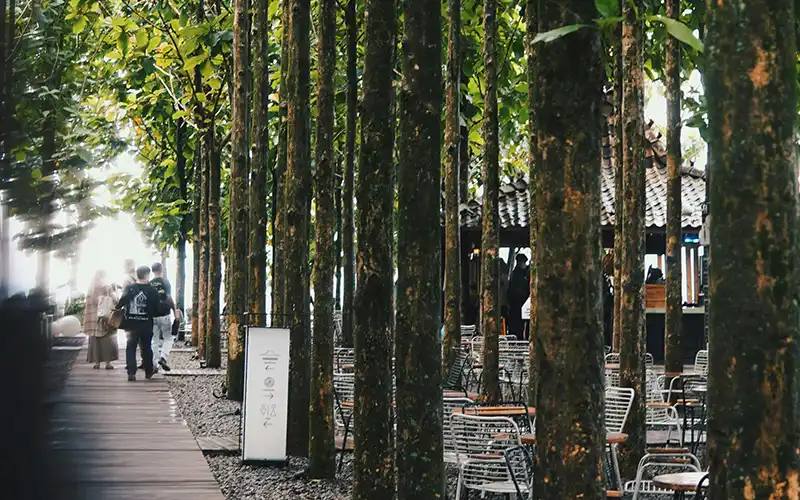Something special is happening just outside São Paulo. What used to be degraded land is now turning into a growing forest, thanks to an ambitious project led by SOS Mata Atlântica. It’s part of a wider mission to restore the Atlantic Forest — and Hortolândia is right at the heart of it.
Since early 2024, more than 79,000 native tree seedlings have been planted across 9.1 hectares of land. This isn’t just about trees, though. It’s about bringing life back to an area that had been stripped of it — creating space for wildlife, cooling the local climate, improving air quality and giving people nearby a much-needed connection to nature.
The project is being carried out with support from local partners, landowners and technical teams who are making sure everything planted has the best chance of survival. That means choosing the right mix of species, looking after the soil, and regularly checking in on how things are growing. If something needs adjusting, they adapt — whether that’s removing invasive weeds or replanting in areas that need a second go.
This work is part of a larger vision. Across Brazil, SOS Mata Atlântica has already helped reforest tens of thousands of hectares. But what makes Hortolândia different is that it shows how restoration can work inside urban areas — where people live, work and go to school. It proves that even cities can play a role in healing ecosystems and tackling climate change.
For the community, the benefits are already becoming visible. Cooler streets. Cleaner air. The return of birds and insects. And perhaps just as importantly, a renewed sense of pride in the local environment. When people see change happening, they want to be part of it.
This isn’t just a forest — it’s a future being planted, one seedling at a time.

